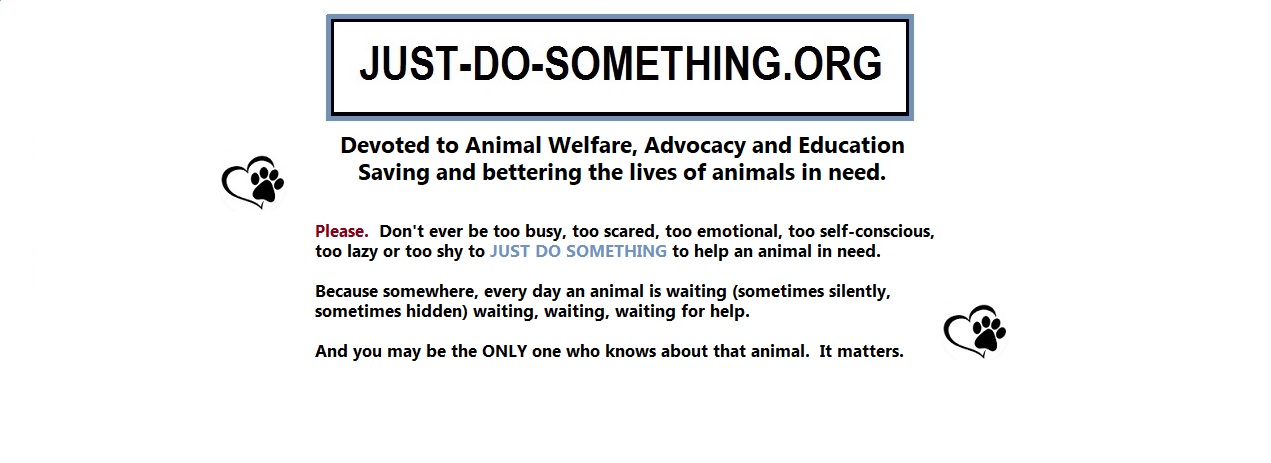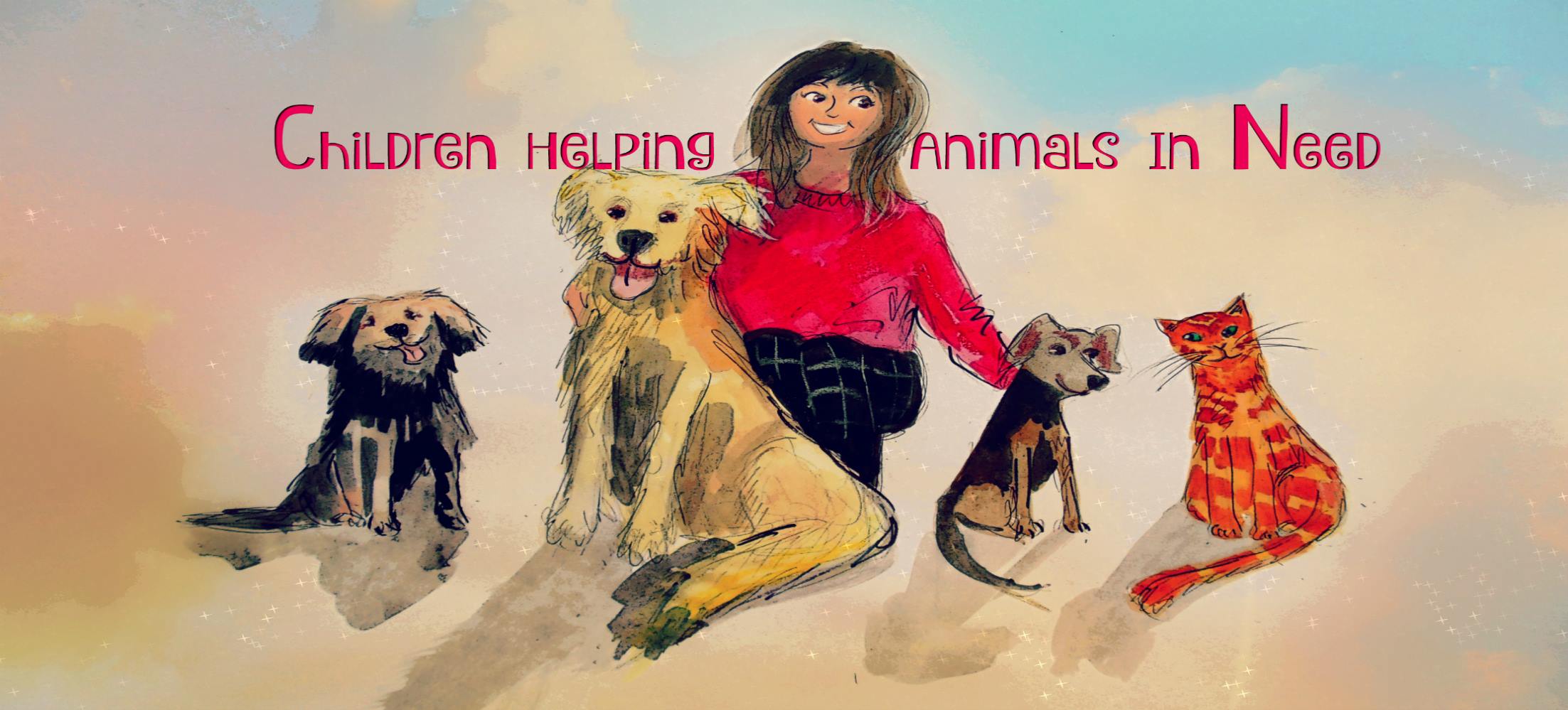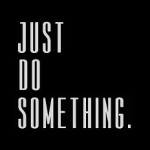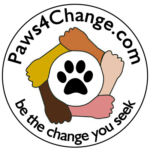Guest Blogger, Marianne DiLorio (Children Helping Animals In Need)
Teaching Children Compassion
Compassion….is not the same as sympathy, empathy or altruism, although each plays a part. The compassionate person feels the suffering of another and makes positive steps to alleviate that suffering.
During his talks, the Dalai Lama emphasizes how important it is for children to experience compassion from their parents or caregivers, from birth.
True compassion is being highly attuned to your child’s needs and accepting them for the unique person they are
From birth, compassion is something that can be taught and developed. And the earlier, the better!
 Model Compassion:
Model Compassion:
Show compassion towards your child and towards others.
From the start, every child needs to feel loved and secure to thrive. Their needs must be respected, if we expect them to respect others.
Security comes from knowing that they can count on their parents or caregivers. It comes from knowing that they will be listened to, taken seriously and protected.
We must love our children unconditionally and recognize them as the unique beings that they are.
Children must also learn to be responsible for their own actions, as well. However, parents and caregivers are very influential in determining how a child acts. Children watch carefully how their parents and other adults treat each other. By modeling compassion towards others, you are teaching them what you value.

This is also true with how we treat our pets and other animals. Your children have watched you closely from birth, and are so attuned to your feelings, that they can look at your face and know instantly what you are feeling!
Never yell at your pets, call them names or hit them! Now, most people who have pets know this, and love them and treat them as part of the family…which they are.
Your children will learn how to treat your family’s pets with compassion and love, if you model that behavior for them. Show them the correct way to speak to a pet, gently pet them and how to care for their needs. Show them by doing.
All animal lovers know how to treat a pet, most likely because they grew up in a loving home, with parents who modeled compassionate behavior towards animals.
Teaching kindness and respect for animals is the first step in teaching children compassion.
Children Helping Animals In Need (C.H.A.I.N.) has ONE MISSION. To help end animal abuse in our lifetime. I started this rescue for my daughter London, when she was seven years old, as a way to help bring awareness of animal neglect and abuse to young children. And then, begin to teach compassion through example, my young daughter and I raise money for other animal rescues through the sale of hand crafted art, birdhouses and feeders, soy candles, paintings and drawings that raise awareness of animal abuse. These are a few of the ways we raise money for rescue. We have both been volunteers at the Bucks County S.P.C.A., for the past two years…since my daughter was eight years old, and have helped find homes for many pets, by participating in their events and on our own. We have, of course, adopted many ourselves! Our goal is to teach compassion for animals to children of all ages, and to someday see a complete end to animal abuse in my daughter’s lifetime.
Connect with C.H.A.I.N. on Facebook!















